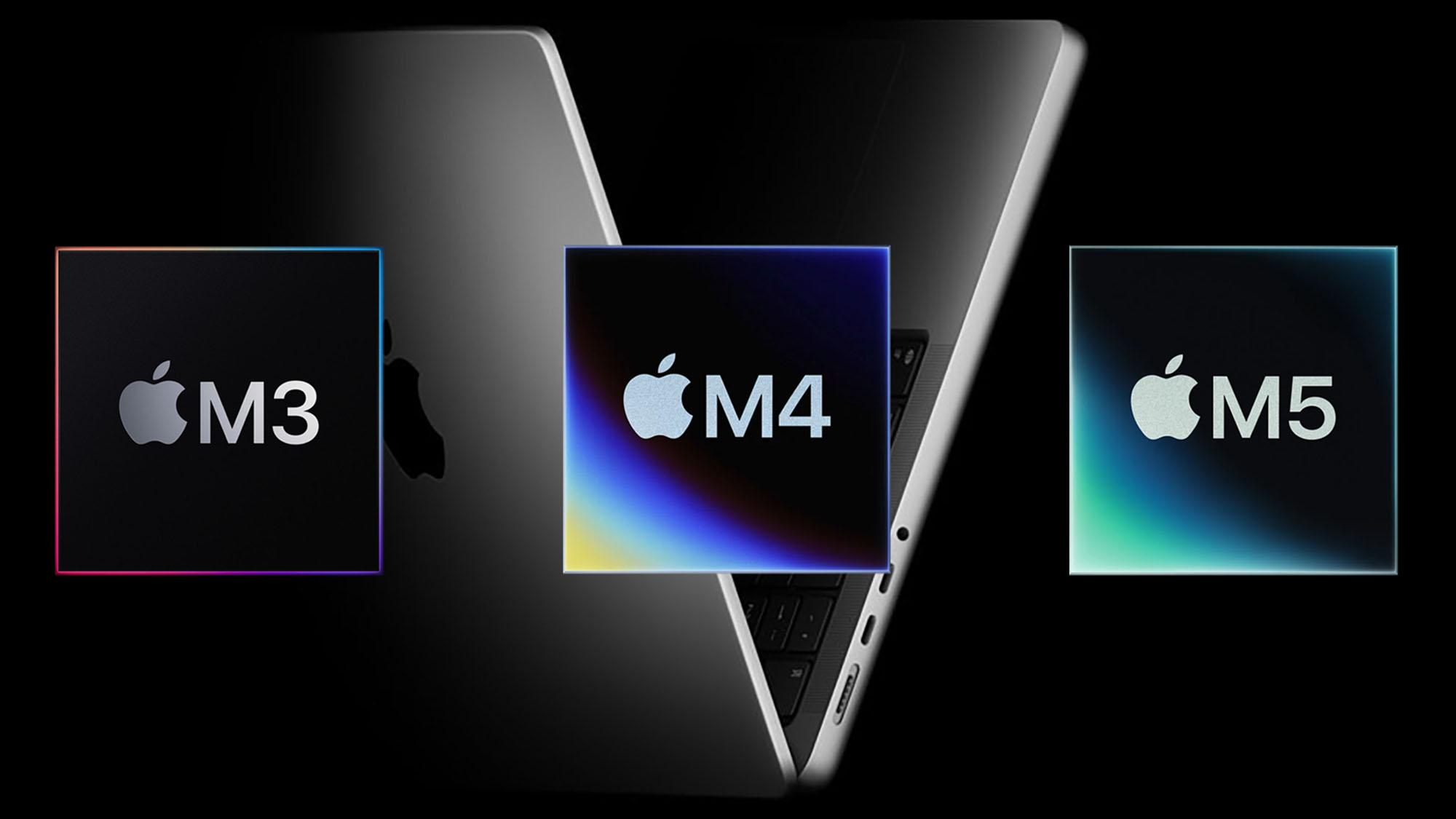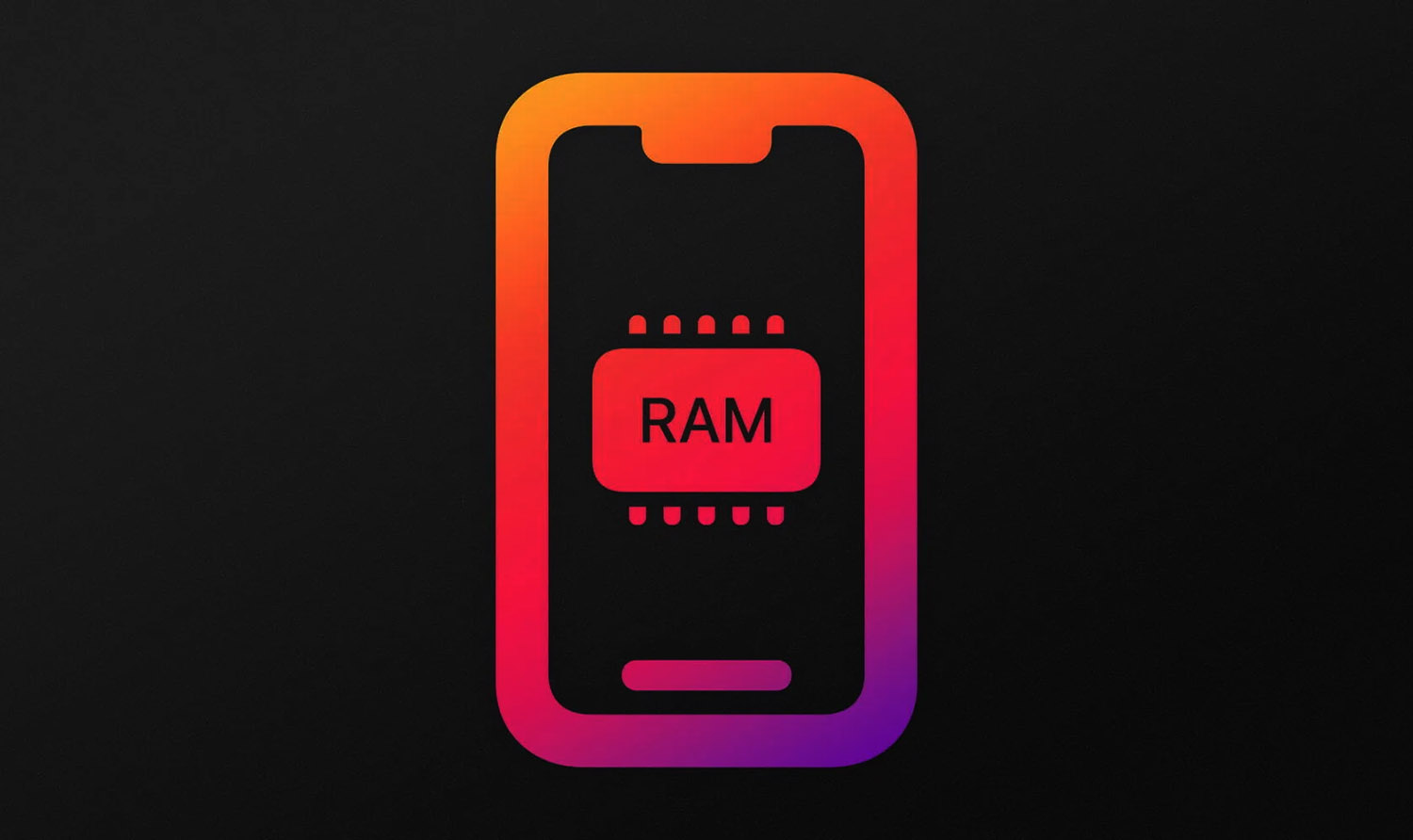The amount of RAM is one of the important parameters of modern gadgets. This affects performance, speed switching between applications, and the number of public tabs in the browser.
Apple’s mobile operating system gradually became famous for its modest consumption of system resources, and the RAM in smartphones grew slowly. In recent years, the situation has changed, and developers have begun to quickly introduce RAM capacity into new smartphone models.
It is curious that Apple does not disclose the amount of RAM for iPhone presentations; this information becomes available after the publication of the results of various benchmarks. Now let’s remember how much memory is used in all iPhone models.
iPhone and iPhone 3G – 128 MB
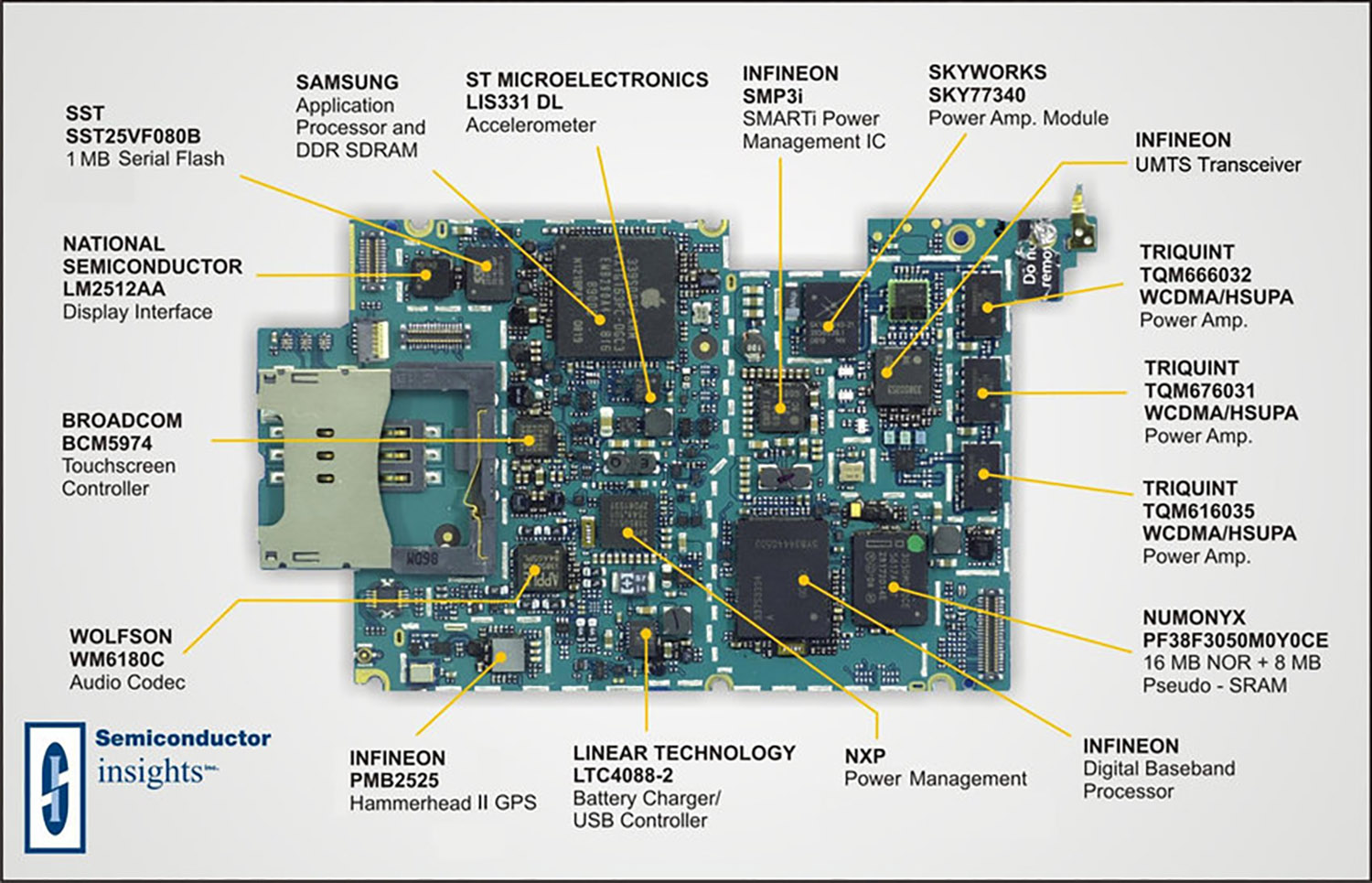
iPhone 3G motherboard. Interestingly, at that time, the SIM card tray was one of the largest elements of a smartphone.
The first two generations used iPhone modules LPDDR with a humble conclusion – 128 MB. It’s hard to imagine that 15-16 years ago this was enough to run the OS and a basic set of applications.
By the time the third model was shown iPhone 3GS the modest amount of RAM made itself felt. The first two generations of iPhones struggled with multiple apps. There was no big task then; the program started again when opened.
iPhone 3GS – 256 MB
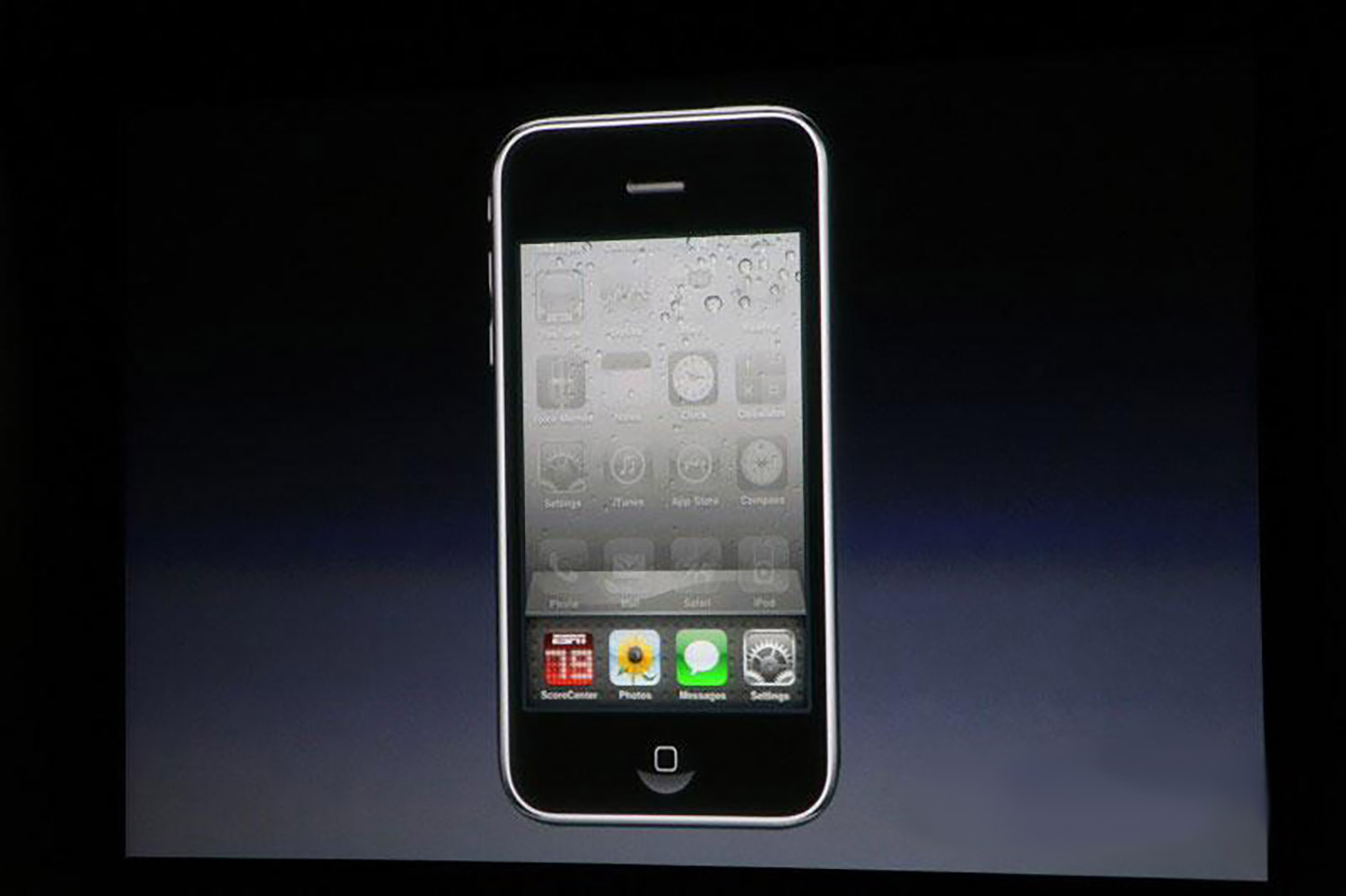
This model became a search that received a module LPDDR on 256 MB. Doubling the RAM and an updated processor provided a good performance boost for the smartphone. Then the symbol “S” in the name was officially deciphered as “Speed”.
Topic: What do the symbols mean in the names of different iPhone models? Secret meaning and fan transcripts
By the way, multitasking appeared for the first time in this generation of smartphones. It became available with the iOS 4 update.
iPhone 4 and iPhone 4s – 512 MB
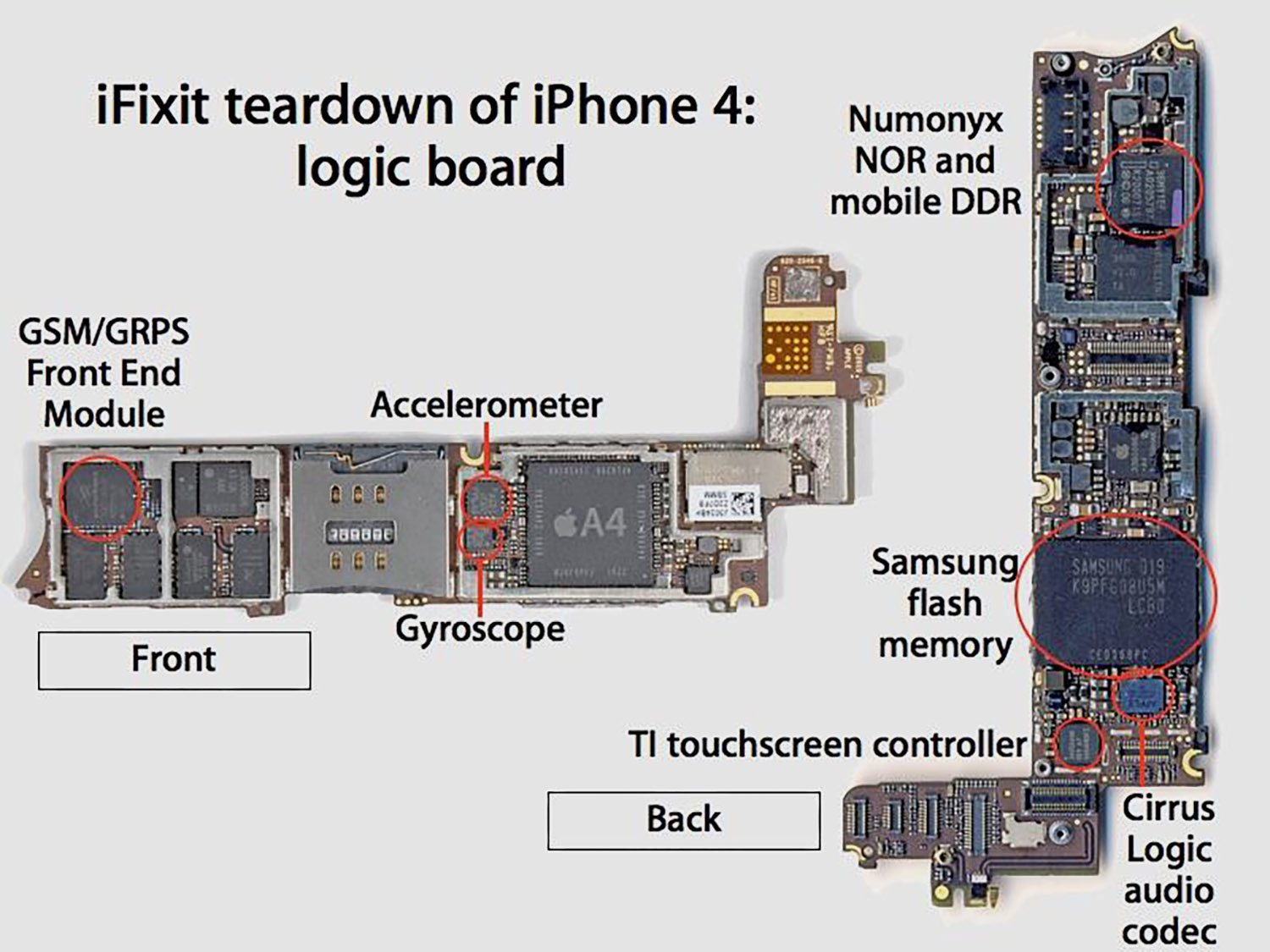
In iPhone 4, Cupertino switched to processors Apple silicon and the layout of smartphone elements that is familiar today
Smartphones of the two subsequent generations received 512 MB operational. The first “four” united modules LPDDRand “eska” received a more modern LPDDR2 module.
A small number of built-in iOS features and rotating wallpaper services for devices cope well with everyday tasks. Then it was one of the most demanding games – Infinity Blade.
iPhone 5/5s/5C and iPhone 6/6 Plus – 1 GB
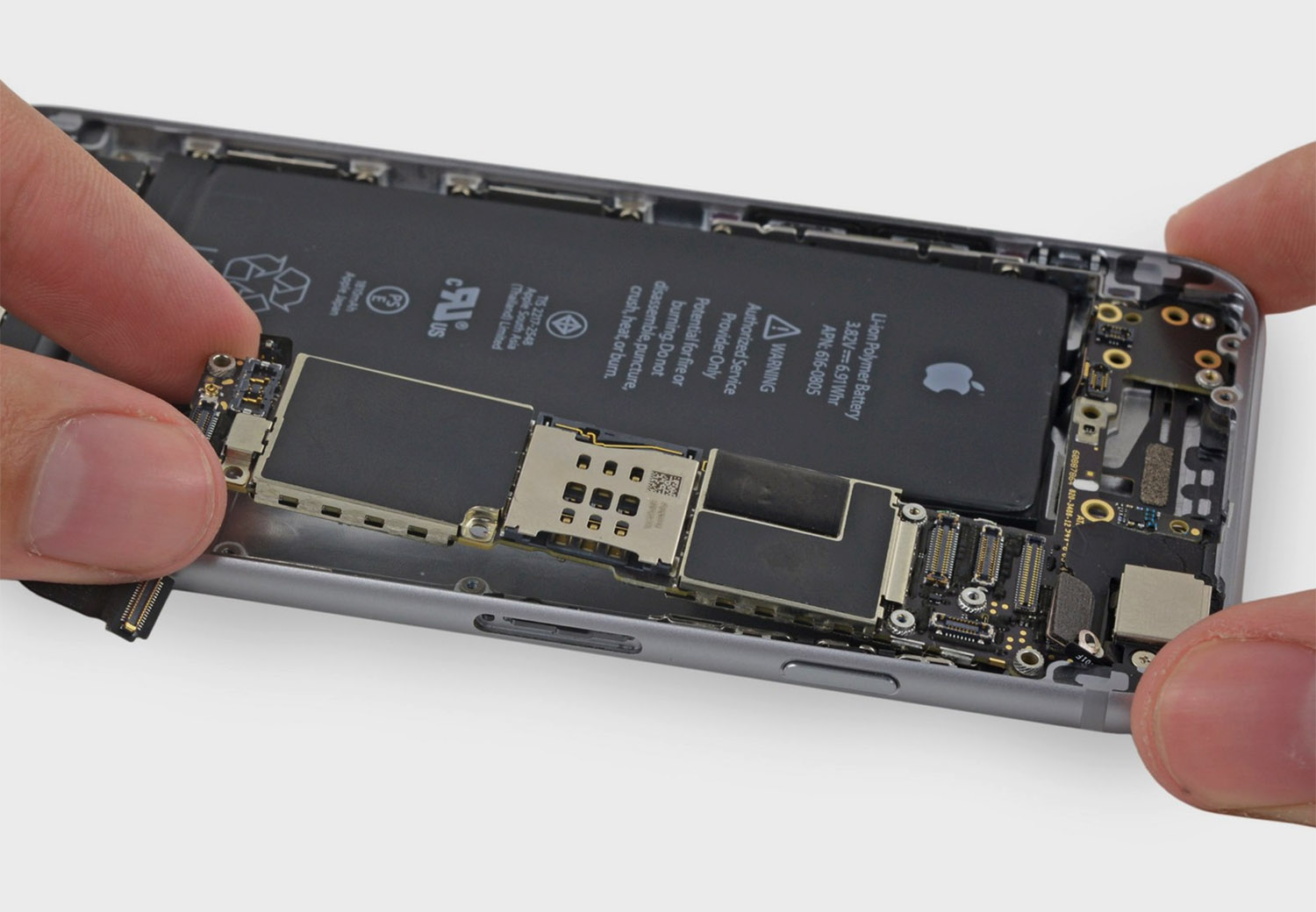
These five models use a RAM module. 1 GB. In the model iPhone 5 And Iphone 5c this was enough for all tasks. Although the smartphones came out a year apart, they had the same hardware. They used memory LPDDR2.
Iphone 5c (here is our review) became the first Apple smartphone with a 64-bit mobile ARM processor. The memory module occupies LPDDR3-format.
For the redesigned generation of “sixes”, one gigabyte of RAM was no longer enough. And if basic iPhone 6 (there is a review here) worked tolerably for some time, then iPhone 6 plus Already from the start of sales it suffers from a lack of memory. The rendering of images on the screen is increased, which requires more resources.
iPhone 6s/6s Plus, iPhone SE, iPhone 7 and iPhone 8 – 2 GB
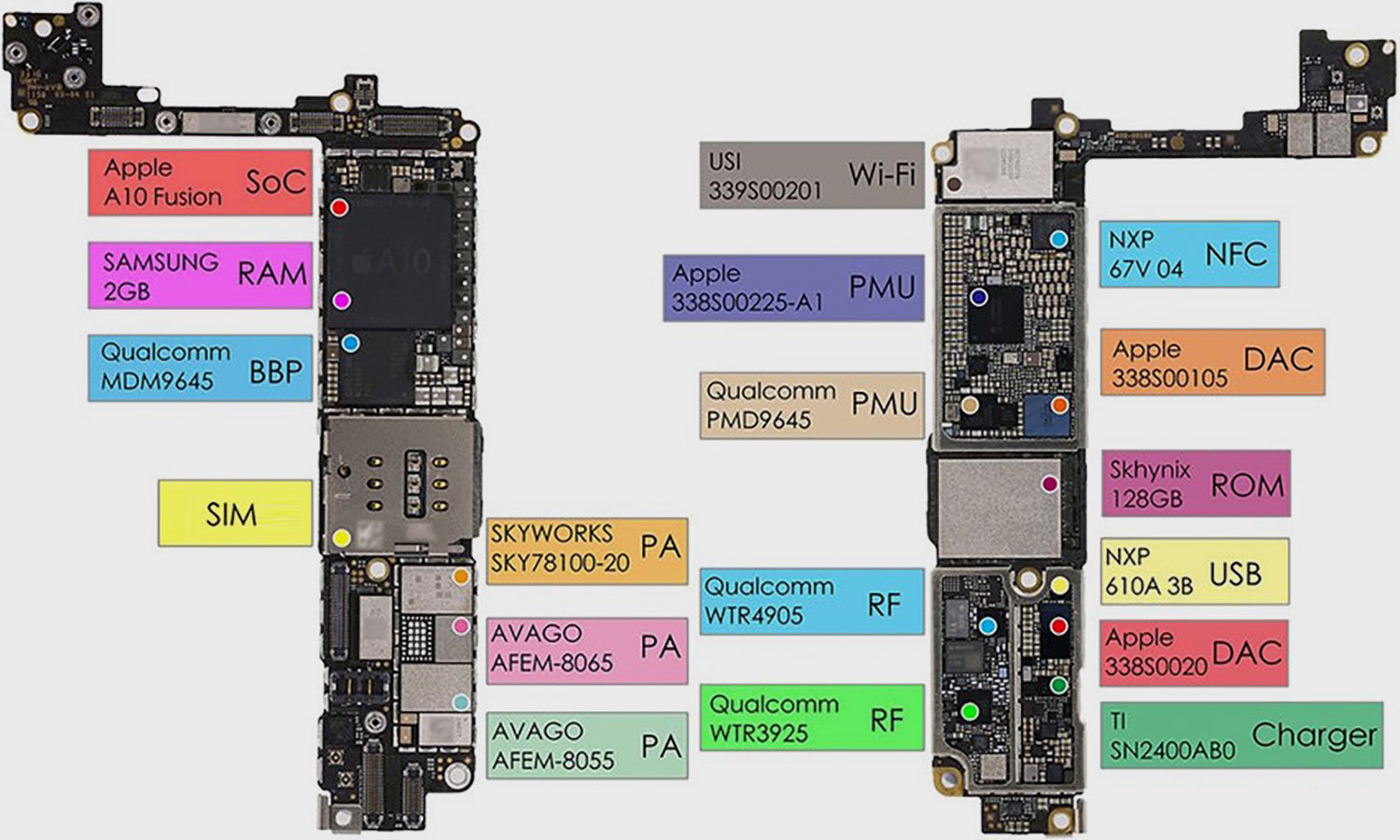
iPhone 7 motherboard
In this large-scale model range, all smartphones received 2 GB operational. For models 6s/6s Plus (here is our review) it was a breath of fresh air. IN iPhone 7 (review here) this was enough for all life cycle models.
For the first generation compact iPhone SE filling from the flagship iPhone 6s became a real cannon.
All these models received a standard module. LPDDR4. And above in one year from iPhone x the budget V8 also received 2 GB memory is a slightly updated standard LPDDR4X. The lack of RAM in this smartphone was felt only a couple of years after the release with the installation of more demanding versions of iOS.
iPhone 7 Plus, iPhone 8 Plus, iPhone X/XR and iPhone SE second generation – 3 GB
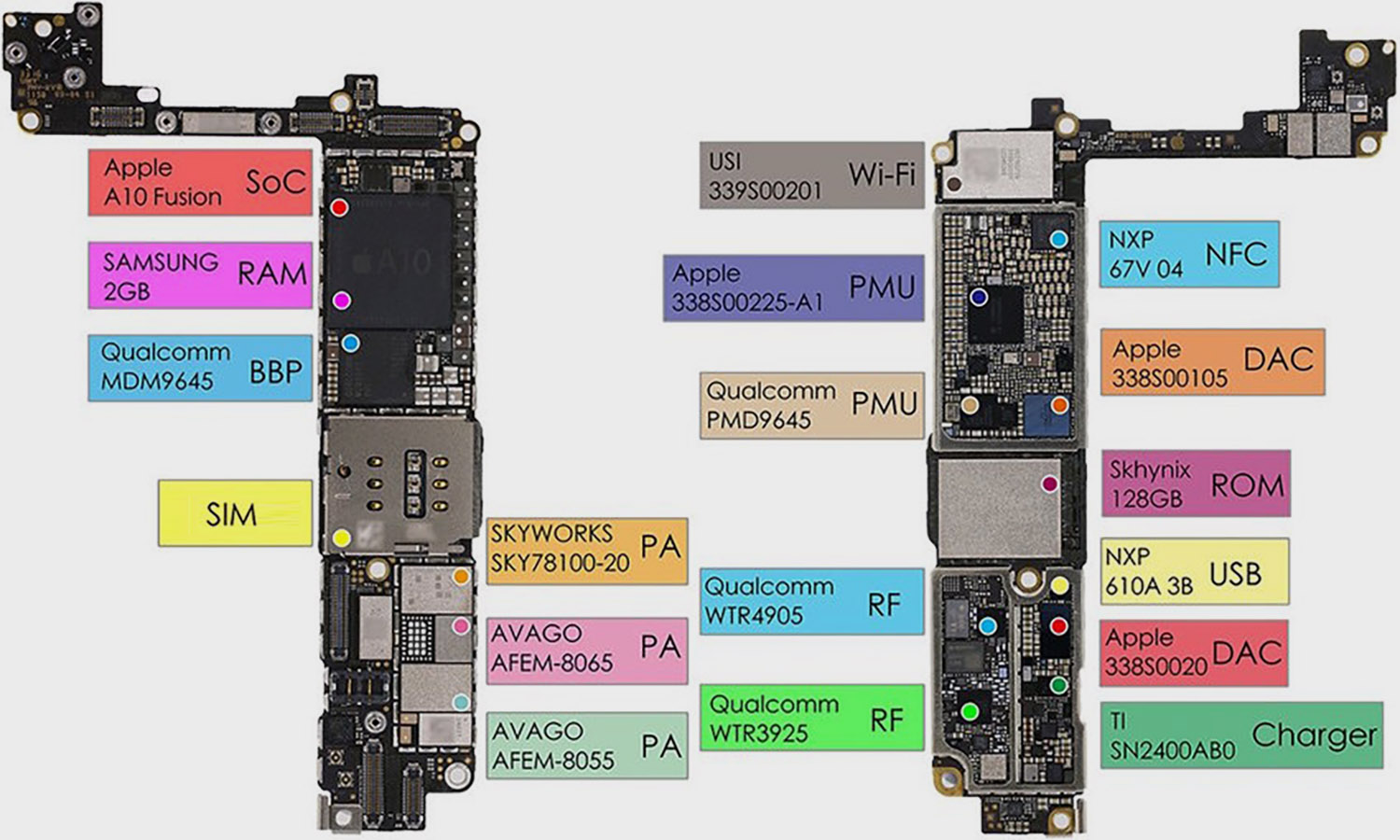
iPhone X board, Apple A11 processor with Samsung RAM on chip
These smartphones received 3 GB operational. In the model iPhone 7 plus For the first time, a dual camera module appeared, and additional memory was needed to process frames with a paired matrix in portrait mode. The standard module was used LPDDR4.
A year later flagship iPhone x (here’s a review) and phablet 8 Plus also received 3 GB RAM, but already used modules LPDDR4X.
Same memory installed in more accessible mode iPhone XS (here is our review) and updated iPhone SE second generation. You can still install iOS 17 on both smartphones. If the more compact SE considers himself normal, then larger XR It’s already very hard.
iPhone XS/XS Max, iPhone 11/11 Pro/11 Pro Max, iPhone 12/12 mini, iPhone 13/13 mini and iPhone SE 3rd generation – 4 GB
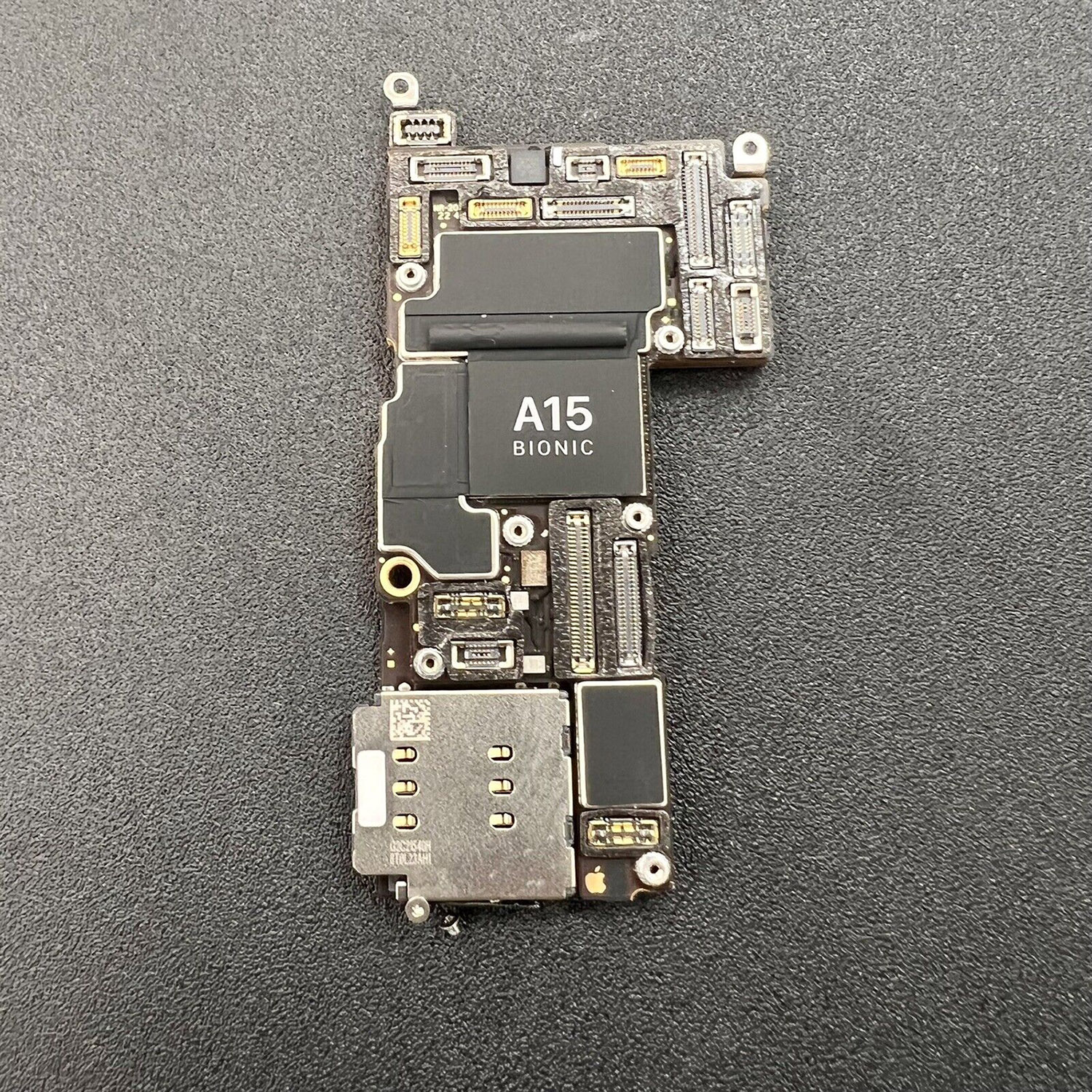
All these models, which were introduced from 2018 to 2021, received the same model. LPDDR4X solution 4GB. Only the oldest have difficulty coping with everyday tasks iPhone XS/XS Max (here’s our review). But here, most likely, the problem is not with increasing memory, but with processor performance.
The next oldest line, the 11th line, will have enough performance for another year and a half. And the owners are more recent iPhone 12/12 mini, iPhone 13/13 mini It’s too early to worry.
iPhone 12 Pro/12 Pro Max, iPhone 13 Pro/13 Pro Max, iPhone 14/14 Plus, iPhone 14 Pro/14 Pro Max and iPhone 15/15 Plus – 6 GB
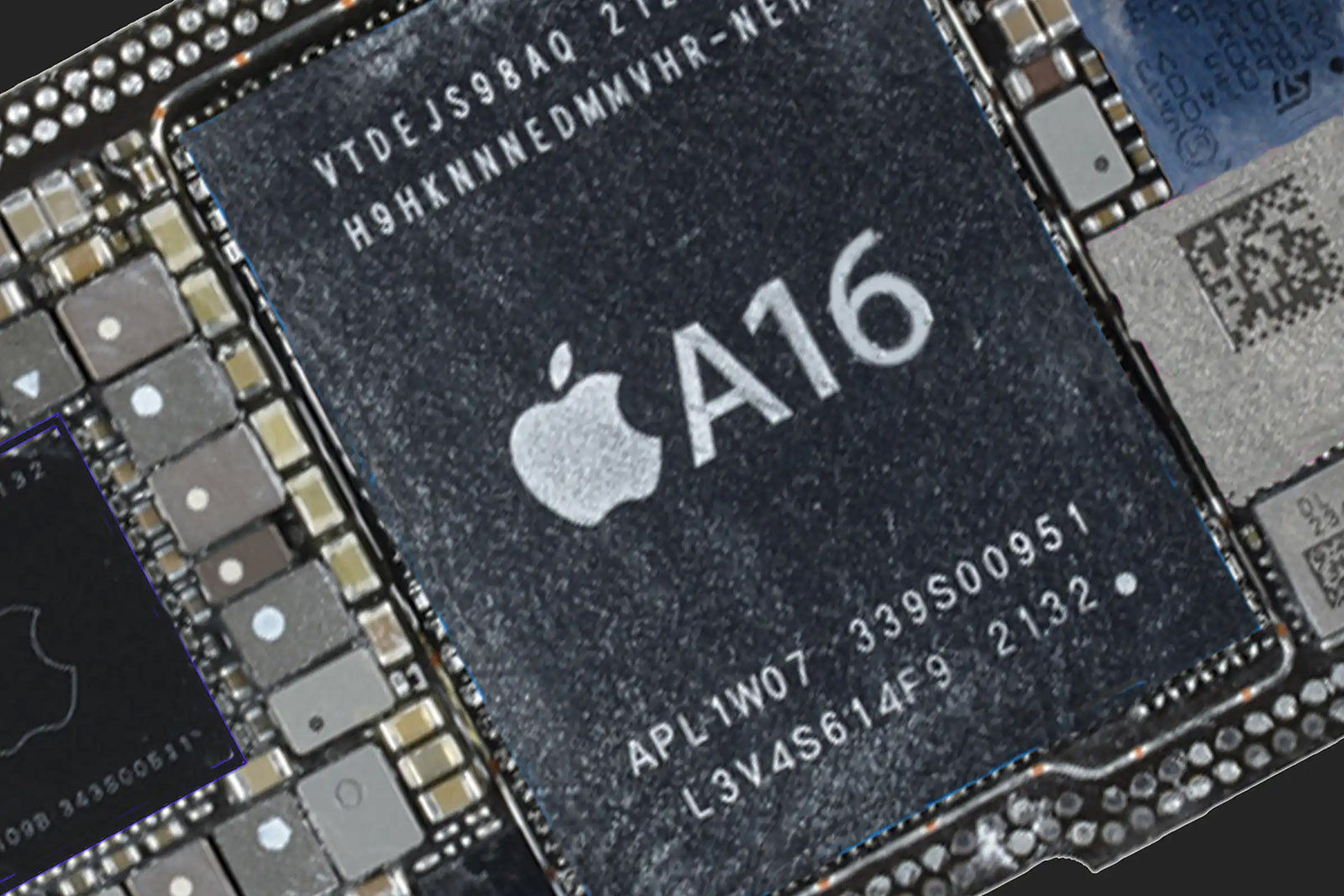
These smartphones run on RAM 6 GB. In the “twelve”, “thirteen” and basic generations iPhone 14 memory standard used LPDDR4Xand in 14 Pro and basic iPhone 15 – more modern modules LPDDR5.
The performance of all these devices is excellent. The lack of processor performance or RAM capacity is not reproduced even in models. 12 Pro.
iPhone 15 Pro/15 Pro Max – 8 GB
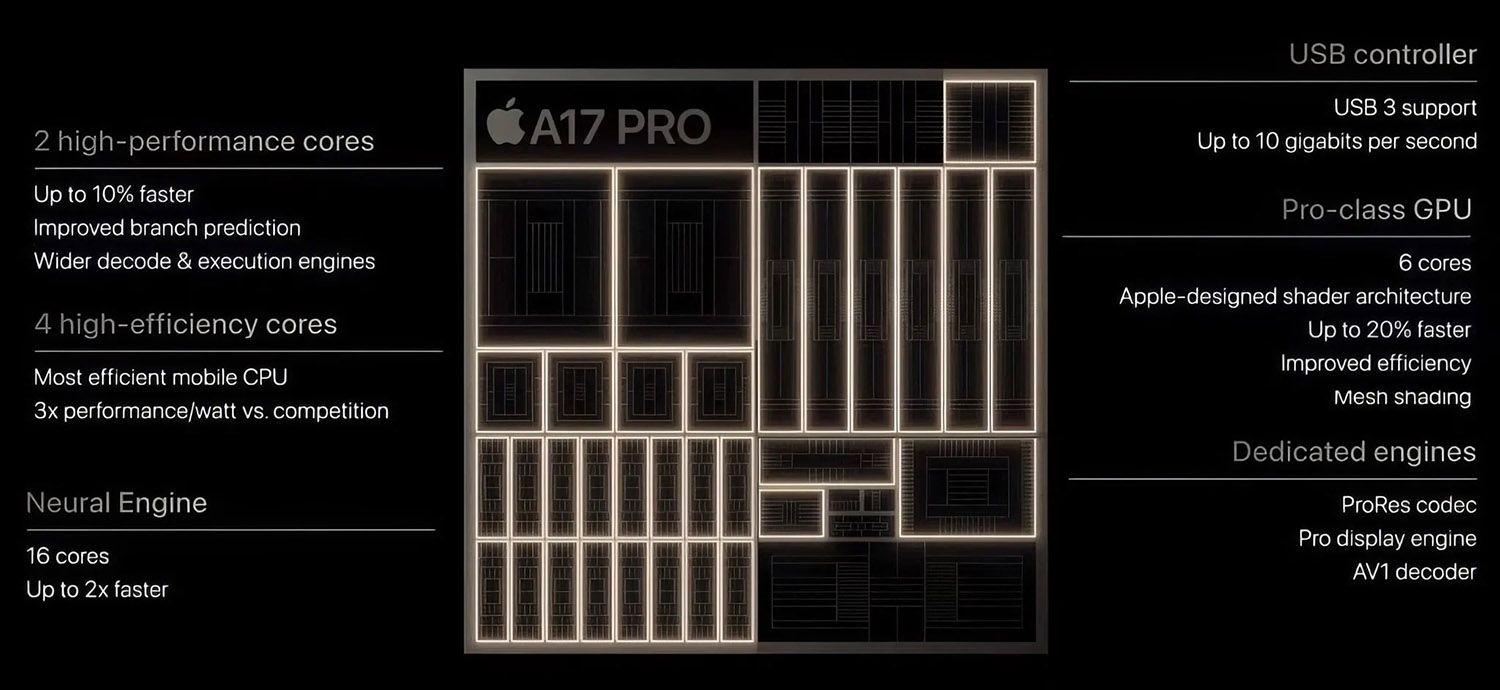
Flagship smartphones of 2023 received not only a newer 3-nanometer processor Apple A17 Probut increased volume of operation LPDDR5-memory— 8 GB.
This will likely be the new standard for a few years to come, and the next generation will use the same or slightly improved hardware.
This is how, over the course of several years, the Cupertino team increased the projected amount of RAM and almost became equal to the average smartphone on the market. Android.
Source: Iphones RU
I am a professional journalist and content creator with extensive experience writing for news websites. I currently work as an author at Gadget Onus, where I specialize in covering hot news topics. My written pieces have been published on some of the biggest media outlets around the world, including The Guardian and BBC News.


